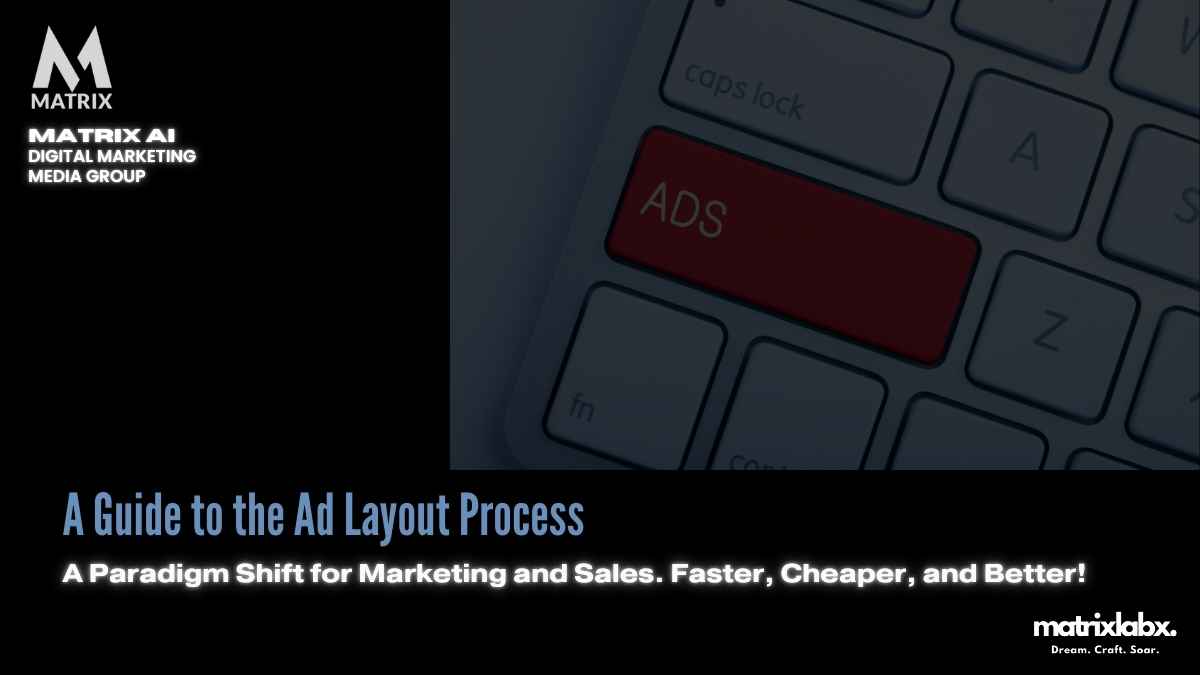The ad layout process is the final stage of your advertising creative process before deployment.
The rise of the advertising art director and the decline of advertising: all you need to know about ad layout.
One major reason advertising is not as effective as it once was is that ad agency art directors have too much control over creating advertising and marketing deliverables.
No worries if you have not heard of BAB, PAS, or AIDA writing frameworks. Matrix Marketing Group will help you determine which best suits your business goals and create content that resonates with readers.
Our experienced writers can provide a compelling copy from concept to completion for any project.
Whether it’s a website, blog post, or whitepaper, we have the skills and experience to ensure your content is informative, engaging, and optimized for search engines.
Google Ads Checklist – Download Now! 🚀
Struggling to get the most out of your Google Ads? 🔥 Download our Google Ads Optimization Checklist and take your campaigns to the next level!
✅ Maximize Clicks & Conversions
✅ Lower Your Cost-Per-Click (CPC)
✅ Improve Ad Quality Scores
✅ Target the Right Audience
This free checklist will help you set up, optimize, and scale your Google Ads campaigns for maximum ROI.
Contact us today to get started on the path to success with content writing services from Matrix Marketing Group!
We understand that staying current in this ever-evolving digital landscape can be hard.
Suppose neither the marketing manager, ad agency, or account executive takes on hammering down the product’s key selling benefits. In that case, this vacuum will be filled by those who follow in the next step of the process—the ad agency’s art director and other creatives.
This happens often because marketing managers and their management counterparts in ad agencies have not done their jobs.
Return on Investment (ROI) from Thought Leadership SEO
Thought leadership SEO campaigns, which involve strategic planning and high-quality content creation, have demonstrated a return on advertising spend (ROAS) of 9.10, equating to a 748% ROI, with a typical break-even point at around 9 months. Review how to win with SEO Services.
When marketing managers and agency account executives view salesmanship as a creative process and pass the buck to the agency’s art and creative directors, they nearly always doom their marketing projects to failure.
The art director’s primary career motivation is to create advertising that wins local and national design awards. Winning an ad design competition marks pride and enhances a resume. Sales appeal used to be an important factor in deciding the winners.
Like much of our culture, ad layout and design art have degraded, and striking visual imagery now wins design awards. Many art directors say salesmanship is an ugly stepchild blocking the entrance hall to the design and awards ceremony.
If you compare the winning ads in any current issue of Communication Arts, the leading professional publication for advertising art directors, to any issues over 15 years old, you’ll see my point.
When viewed from the perspective of a sales-oriented presentation, the only measure that counts is almost any ad from any pre-1995 issue of CA, which would beat most any ad for many current issues.
- Advertising Layout examples
- Types of advertising layout
- Ad layout definition
Ad Layout Process for Online Digital Advertising
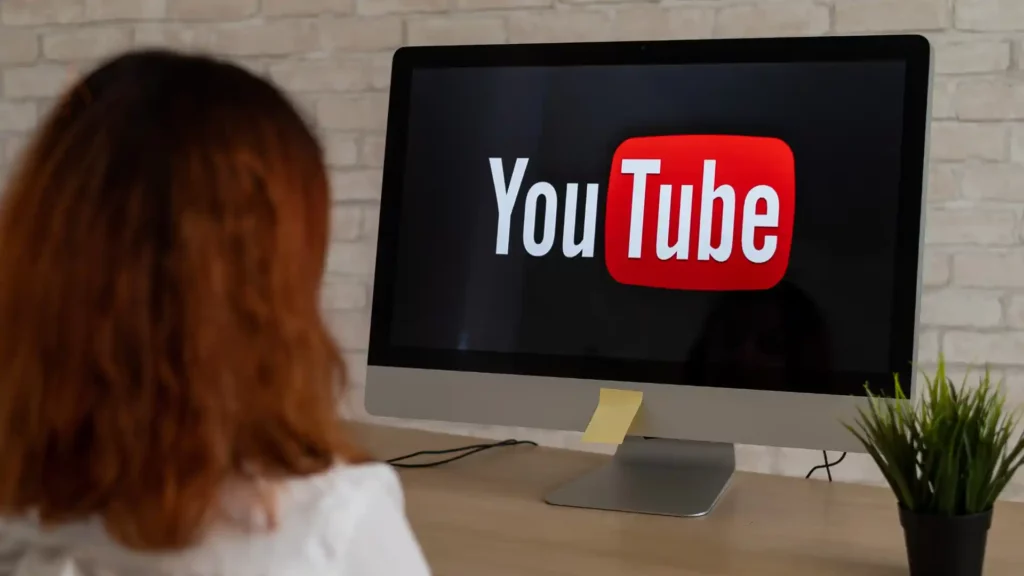
Online digital advertising has become an indispensable marketing tool for businesses worldwide. Ad layout plays a crucial role in the effectiveness of the ads, as it determines the visual appearance and user experience. Top 7 Challenges Facing SEO Managers in 2025
The ad layout process involves several steps, from concept development to final delivery.
This article will guide you through the ad layout process for online digital advertising.
- Understand the objectives and target audience: Before designing the ad layout, it’s essential to understand the campaign’s objectives and target audience. These factors will help determine the ad format, messaging, and visual elements that resonate with the intended audience.
- Choose the right ad format: Online digital advertising offers various ad formats, such as banner ads, video ads, native ads, and social media ads. Choose the format that best aligns with the campaign goals and effectively communicates the message to the target audience.
- Develop a creative brief outlines the ad campaign’s objectives, target audience, messaging, and visual elements. It serves as a blueprint for the design team and helps them develop a consistent and effective ad layout.
- Create wireframes and mockups: Wireframes are basic sketches of the ad layout that illustrate the placement of visual elements, such as images, text, and buttons. Mockups are more detailed versions of the wireframes, incorporating colors, typography, and other design elements. Both wireframes and mockups help visualize the ad layout and facilitate communication between the design team and other stakeholders.
- Design the ad layout: The design team creates the final ad layout using the wireframes, mockups, and creative briefs as a guide. This involves selecting appropriate colors, fonts, images, and other visual elements that align with the brand identity and effectively communicate the message to the target audience.
- Optimize for different devices and platforms: Online ads must be optimized for different devices and platforms to ensure a seamless user experience. This includes creating responsive designs that adapt to various screen sizes and ensuring compatibility with different browsers and operating systems.
- Conduct A/B testing: A/B testing involves creating multiple versions of an ad with slight variations and comparing their performance. This helps identify the most effective ad layout and enables continuous ad campaign improvement.
- Implement tracking and analytics: Embed tracking codes and analytics tools into the ad layout to monitor performance. This enables data-driven decision-making and helps optimize the ad campaign for better results.
- Obtain approvals and launch the campaign: Before launching the ad campaign, obtain approvals from relevant stakeholders to ensure the ad layout meets the objectives and complies with legal or brand guidelines. Once approved, the ads can be uploaded to the ad server and launched.
- Monitor and optimize performance: After launching the ad campaign, continuously monitor its performance using analytics tools. Analyze the data to identify areas of improvement and optimize the ad layout for better engagement and conversion rates.
The ad layout process for online digital advertising is essential to a successful ad campaign. Top 7 Challenges Facing SEO Managers in 2025
Maximize Conversions Fast with Our PPC Campaign Launch!
Turn Clicks into Customers with a Rapid-Deployment Pay-Per-Click Strategy
Following the steps outlined in this article, businesses can create visually appealing and effective ads that resonate with their target audience, increasing brand awareness and conversion rates.
Taking Back the Ad Layout Process
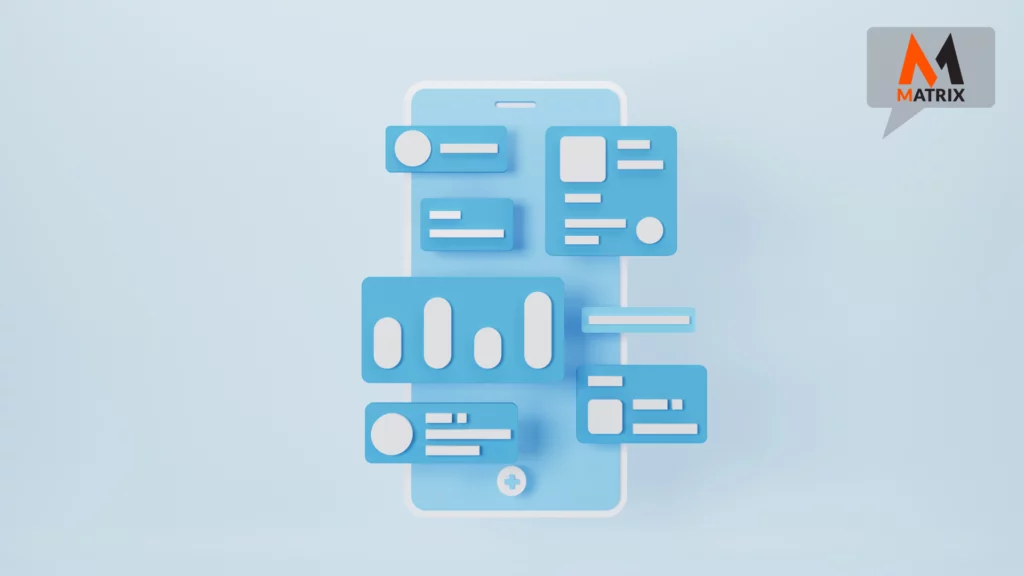
If, as a marketing manager, you develop your product sales benefits and insist these benefits be effectively communicated through the final ad or deliverable, you will guide and influence the process. You won’t surrender the important role to your agency’s art director. Principles of advertising layout
Advertising projects dominated by art directors nearly always fail when judged by inquiries or sales generated from an ad. That’s why most advertising is as poor and ineffective as it is today.
This post covers the key techniques for producing effective ad layouts. Like the other techniques described in my past posts, they apply to various advertising layouts for marketing deliverables—print ads, online ads, brochures, websites, landing pages, etc.
This post will not make you an advertising layout designer. Still, it will reveal some techniques sales-oriented layout designers use to increase the attention-getting power of their layouts dramatically.
If you utilize these techniques and your company’s advertising, email programs, print collateral, or any other marketing project.
Headlines come first: Your ad’s headline is always the most important sales message. It should be in big, bold type so it’s very readable, even at a distance. Graphical elements of an ad, such as photos or illustrations, should not distract the reader from your ad’s headline, nor should they dominate it.
For example, short horizontal lines run out from the base of each letter.
Tight kerning is good: the current line is the amount of space between the letters of the text of your ad. A headline with kerning set tighter than a headline without kerning conveys a greater urgency. Tighter kerning in long blocks of copy allows you to fit more words in the same space. AI Digital Marketing Trends and Future for Matrix Marketing Group [Interview]
Where’s your phone number? It’s surprising how much time and money companies spend on their advertising, yet at the end of their ad, they fail to tell the reader has contacted them at the end of their ad. Don’t repeat their mistakes in your ads. Always feature your company’s phone number, website URL, mailing address, and big and bold type across the bottom of your advertising. Your prospects want to reach you, so why should you stop them?
White space is nice, but black space does the selling: if your product requires a long advertising copy, your ad should be a long copy ad. Don’t let others criticize your ad layout for having too many words.
If you believe these words are well-written, tell your company story and sell your product. If your product sales benefits are effectively communicated in your advertising copy, your prospects will read your advertising.
Let the Meaning of Your Ad Be the Master of Your Layout.

Busy is good if it’s interesting: there’s nothing wrong with your ad requiring diagrams, sidebars, or thumbnail photos in addition to copy.
These information-rich layouts can work very well for products that require detailed explanations. It is aimed at people likely to have detailed questions about your product, such as engineers, programmers, or doctors.
These layouts require extra skill from your agency’s ad layout person, and it always helps to have some examples for them to work from. The functions of layout are an art and science.
As you flip through trade publications, magazines, and newspapers, keep an eye out for ad layouts, but you think they are doing an especially good job presenting product sales, not pretty ads or over-designed ones. If you see a good layout, copy it: become a connoisseur of ad layouts.
However, ads that attract you buy into their sales appeal and how the product is described and presented. Clip these ads and start a file folder so you can refer back to them whenever you need a new idea for an ad for your company.
Transform Your Digital Presence with a Single Click
Are you ready to elevate your brand and drive exceptional growth? At Matrix Marketing Group, we blend creativity with data-driven strategies to deliver cutting-edge digital marketing solutions. Book your free consultation today and discover how we can help you connect, engage, and convert your audience like never before.
Agency art departments are called reference files and are a source of inspiration for every art director. There’s nothing wrong with adopting someone else’s ad layout for your projects. We’re not suggesting you steal their photos or art—just let another ad layout inspire your own, as many artists have done throughout history.
Learn to see with new eyes: Your prospect has likely never heard of your company or product, and when she sees your ad, it will be the first time.
To develop the ability to see your ad layouts as your prospects see them. Put yourself in their position and learn to see your ads and marketing deliverables as if your mind were blank.
Does your headline make sense if someone doesn’t know about your product? Could a reader get the gist of what your company’s ad sells by scanning it from top to bottom? Look at your ad layouts first thing in the morning after a good night’s sleep. I know this helps to reveal missing details or points in your ad copy that could be expressed more clearly.
Using Color In Online and Print Display Advertising

Should you use color? In certain instances, using color in your company’s advertising is mandatory—as hotels, travel agencies, and big-ticket consumer products manufacturers have known for decades.
In recent years, advances in digital pre-press technology have enabled magazine production departments to reduce the added production costs of running four-color process ads. While this cost difference places color within reach of many full-page advertisers, consider that rates for four-color display advertising will generally average at least 10% to 25% higher than for the same ad size in black and white.
If your company sells a product that will benefit from a color presentation, the vivid color photo conveys an impression of quality. Technical diagrams and quality line art look better in color as well. If any visual aspect of your company’s product or service will be communicated more effectively or with greater impact in color, then you should use color.
Using a color doesn’t mean it should be overused in advertising projects, which frequently happens. For example, an advertising art director’s placement of a photo or illustration that completely overwhelms your sales message’s headline or body copy suppresses the impact of your ad’s sales message.
The most successful four-color advertising uses color sparingly, with a small, beautifully executed color photography or an illustration teamed with intelligent type design. Good color ad layout features mostly plain white page backgrounds or, going to the other extreme, solid, vivid background colors bleeding off the edges of a page.
Content That Converts: Transparent Pricing for Maximum ROI
Explore Matrix Marketing Group’s Flexible Pricing Plans for Premium Content and Marketing Solutions Tailored to Your Goals.
I’ve mentioned this before, but modern marketing managers must sometimes retake control of the layout and design process from the ad agency’s art director. This is especially important when working with color in ad layouts. You might find it necessary to rein in the advertising art director’s use of color and restore to prominence what should always be the most important elements of your company’s advertising—headlines, subheads, body copy, and calls to action.
Remember, just because unlimited digital color design and production capabilities are now available at the click of a mouse doesn’t mean they should all be incorporated into your company’s advertising layouts.
Four-color Advertising Layout Techniques
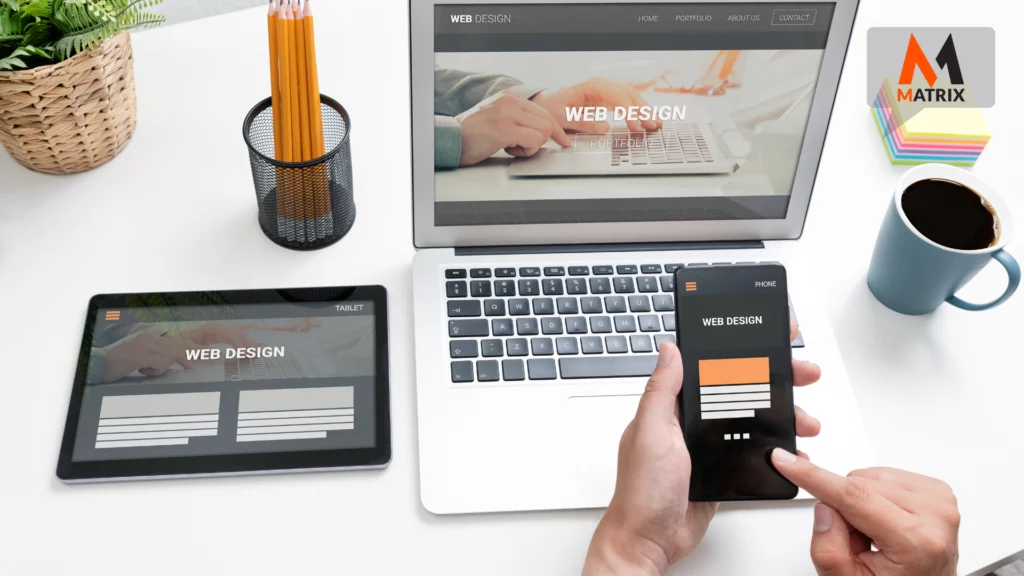
Judicious application of color: Limiting your use of four-color process art to jewel-like photos and line art illustrations of the highest production quality in resolution, combined with the same photo-grade typesetting design you’d use in any black-and-white ad, makes color work the way it works best—sparingly.
Color photographs must be sharp, vivid, and professionally executed. And sometimes, even reality isn’t good enough. For example, even the best, professionally photographed shots must sometimes be enhanced and digitally airbrushed to bring out their features and highlights. Spending money on color requires perfecting your photos and other color art.
Full-color illustrations: What color illustrations work best when created by the best illustration artist your company can afford? Often, these artists work largely in non-digital mediums, such as watercolor, paint, ink, etc. In your final advertising production process, your company will incur additional costs to scan these illustrations on high-resolution scanners. However, when working with color, the added punch it gives your ad selling power makes an effort worthwhile.
Heavy solids and page bleed: at the other extreme, another highly effective technique for using color in advertising is to use solid, primary color backgrounds that bleed off a publication’s page on all three sides. This works best with solid, primary colors— cool, dark blues, greens, dark reds—using a bolder, sans-serif typeface reversed out in white over the solid colors. This method only works in ads that use few photos or illustrations and, most importantly, in ads that do not utilize extensive text.
Keeping your ad designed to either of these ends of the four-color design and production spectrum gives your company’s advertising they pass the opportunity to get noticed. You’ll make the best use of color in your advertising and prevent color from over-running your advertising sales message.
Creative and black-and-white ad Design Options
Sometimes, using full color is too expensive or unavailable, as in newspaper advertising.
For example, if you decide to run fractional add sizes, such as half- and quarter-page ads, the additional cost for color on these smaller ads will average 30% to 50% higher than for the equivalent black-and-white add size, which often makes four-color advertising in these sizes too expensive to consider. You may also promote a product that doesn’t require color presentations, such as a newsletter or other information-based product or service.
You won’t find a black-and-white ad to be a disadvantage if it’s produced well. Creative use of the monochrome medium of black and white in print advertising can often make a black-and-white advertisement even more effective than many more expensive, four-color ads.
85% of Web Pages Ranking in the Top 3 Will Feature Long-Form, AI-Augmented Content
Search engines will favor content that combines in-depth analysis with conversational tones, much of which will be AI-enhanced. AI-assisted research and writing tools will enable the creation of comprehensive, authoritative content at scale.
Use These Techniques, Trust Yourself and Your Marketing Team
Your company is full of amateur art directors and creative folks. Anyone who can hold a red pen thinks they know more about ad layout than you do. It’s destructive when people don’t know what they’re talking about.
This is especially true when you’re working on advertising and layouts of other marketing deliverables in your company. Limit the number of people who see your company’s advertising in the development and final approval stages.
Above all, have confidence in your abilities, those of your marketing team, your marketing projects, and their direction.
Moreover, hold fast to the principles outlined in this post—they are proven, time-honored techniques that help you and your team create advertising that generates inquiries and sales for your company. Ask for a copy of the advertising layout pdf. It shows the layout’s functions.
Read more about ad layout testing beyond simple A/B testing.
Please give us your best ad layout tip.
FAQs about the ad layout process
1. What is the process for designing an ad?

Designing an ad typically starts with creating a rough sketch of the ad concept. Once the concept is finalized, the design is created in a software program such as Photoshop or Illustrator. After the design is complete, it is sent to the printer for production.
2. What are some common design elements that are used in ads?

Some common design elements in ads include text, images, and logos. Each element can convey a message to the viewer and persuade them to take action.
3. How important is it to have a well-designed ad?
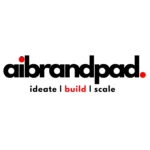
A well-designed ad can effectively influence the viewer’s decision-making process and help create a positive image of the company or advertised product.
4. What are some things to avoid when designing an ad?

When designing an ad, avoid using too much text or overcrowding the design. Additionally, ensure the ad is easy to read and understand.
5. How can I ensure my ad will be successful?

There is no guarantee that an ad will be successful, but working with a professional designer and having a clear concept can help increase the chances of success. Additionally, testing the ad with a target audience before it is released can give insight into its effectiveness.

